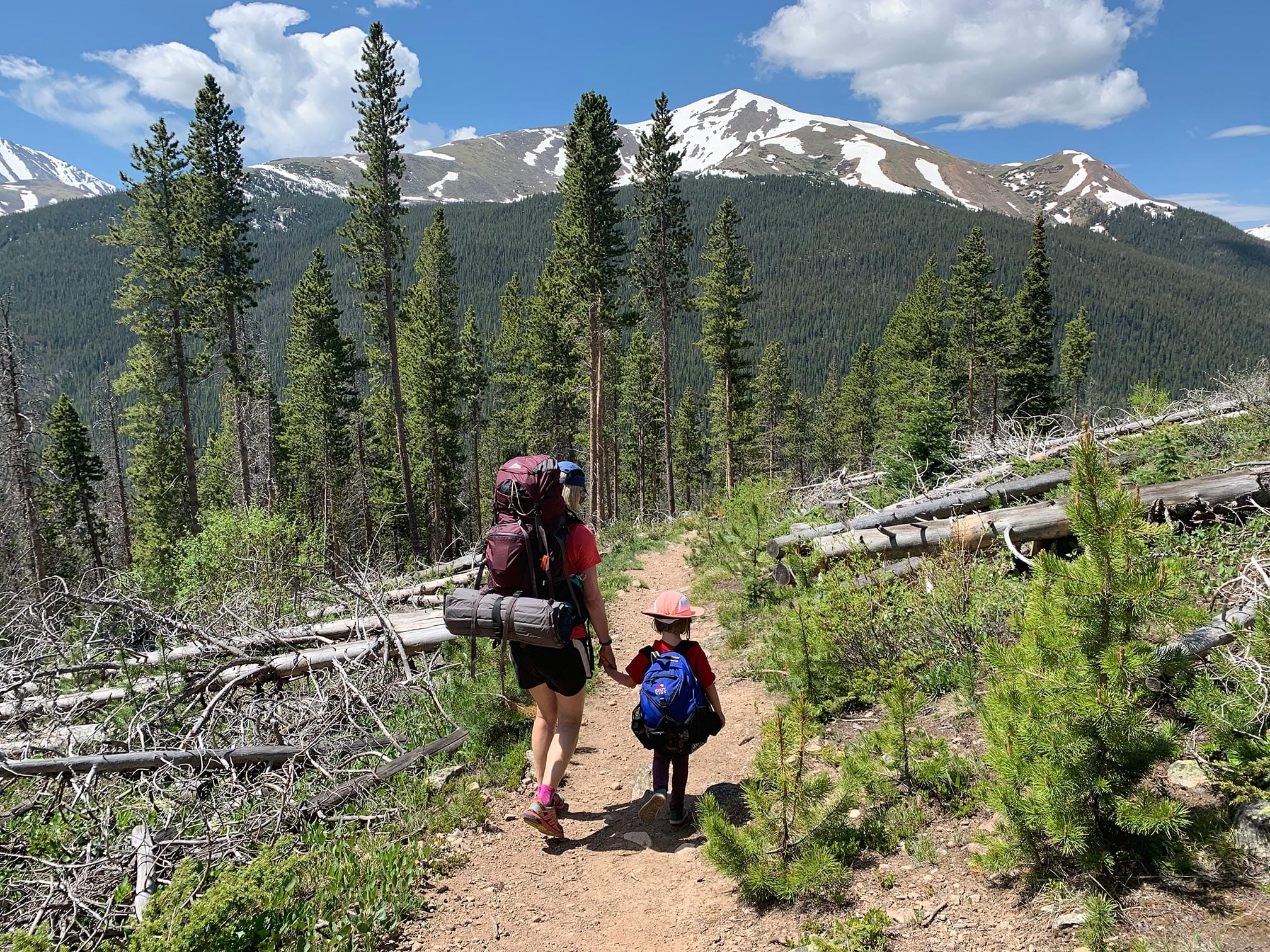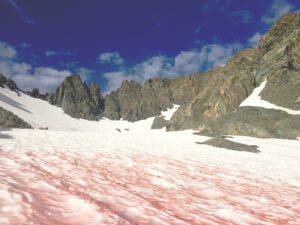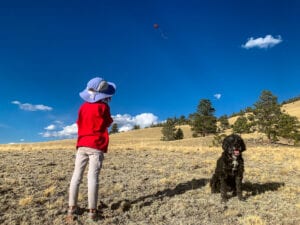Backpacking food ideas

When you’re backpacking, food takes on new levels of importance. There’s nothing like lugging 35 pounds uphill all day to make you hanker after a hearty meal. And you’ll be burning so many calories that you’ll need to eat more than you’re used to. Backpacking meals require some special considerations, though. Read on for tips on how to successfully plan meals and snacks on your backpacking trip—plus 97 separate ideas for meals, snacks, drinks, and meal add-ins.
How much food to pack
Experts differ on the amount of food you should plan to consume each day while you’re backpacking. REI recommends bringing 1.5 to 2.5 pounds of dry food (or 2,500 to 4,500 calories) per person per day, while backpacking guru Andrew Skurka believes 2,250 to 2,750 calories per day will suffice for most backpackers.
Backpackers may burn over 5,000 calories a day, though some backpackers will burn far less. How many calories you burn will depend on your own weight, how heavy your pack is, how far and fast you’re walking, and whether you’re ascending steep or challenging terrain. (Outside Online explains here.) In addition to how many calories you’ve burned, elevation may be relevant to your hunger level—some hikers experience reduced appetite at high elevation.
How much food you’ll eat will depend partly on calorie density. Foods with higher fat content will have higher caloric density.
What to look for in backpacking food
Characteristics to look for in backpacking food include:
- Packable (no bulky or heavy packaging)
- Lightweight
- Not prone to smooshing (no bananas!)
- Shelf-stable
- Relatively dense in calories
- Easy to cook (especially if you’re doing lengthy hikes)
- Tasty, and varying in flavor and texture
- Nutritious (aim to include protein, veggies, fruit, fats, fiber, carbs)
General types of backpacking food
Backpacking meals: A number of companies make lightweight meal packets specifically designed for backpacking—just add hot water. These prepackaged meals are often relatively tasty (though not what you’d necessarily choose at home) and easy to cook, though they aren’t cheap. Switchback Travel has a helpful guide to the major brands of prepackaged backpacking meals. Brands to consider include Mountain House, Backpackers Pantry, Good-to-Go, MaryJanesFarm, PackIt Gourmet, Peak ReFuel, and Heather’s Choice.
Supermarket food: Dry, lightweight goods like pasta, instant rice, and oatmeal are excellent choices. You can enliven these foods with condiments, spices, and other add-ins, such as nuts, olive oil packets, and soy sauce packets (see list of add-ins below).
Homemade dehydrated food: You can use a food dehydrator to make your own backpacking fare. See Fresh Off The Grid’s complete guide to dehydrating food.
Backpacking recipes
Check out Fresh Off The Grid’s list of backpacking recipes (Thai red curry rice is especially promising!) or Andrew Skurka’s trail-tested backpacking recipes (pesto noodles looks like a winner). Backpacking Chef also has a wealth of recipes.
Planning and packing
Plan out your meals in writing, rather than just eyeballing your pile of food. Make sure you’ve got enough calories to keep you covered (a day’s extra food or so for emergencies). Once you’ve planned your meals, determine how much fuel you’ll need for those meals (remembering to count fuel needed for warm drinks).
For a one-night backpacking trip, you can easily get away with bringing food that doesn’t need to be cooked to avoid the weight of a stove, fuel, and pan. You can bring a sandwich and cookies for dinner, canned coffee and pastries for breakfast, and other snacks to fill you up.
If your food comes prepackaged with cardboard or other unnecessary bulk, repackage the food into the lightest-weight, most packable packaging possible (like resealable plastic bags or reusable silicon bags). Keep liquids in small containers that close tightly.
Ready to get specific on foods? Here are 97 meal, snack, drink, and add-in ideas for backpacking:
Breakfast
- Instant oatmeal (toss in trail mix or whole milk powder for a boost)
- Pancakes (just-add-water mix)
- Granola, muesli, or Grape-Nuts, possibly with powdered milk
- OvaEasy egg crystals (try in a tortilla with hot sauce)
- Instant hash browns
- Instant grits
- Shelf-stable bacon
- English muffins
- Ozery Bakery Morning Rounds
- Pop-Tarts
- Mount Hagen, Starbucks Via, or Maxim Gold Korean instant coffee packets
- Prepackaged breakfast meals
- Patagonia Provisions Breakfast Grains
- Fresh fruit (oranges, apples)
Lunch/snacks
- Tortillas/pita bread
- Bagels
- Hard cheese, such as Babybel
- Cheese crisps
- Nuts and seeds
- Fresh fruit (sturdy ones like oranges, apples)
- Veggies (sturdy ones like carrots, avocados)
- Dried fruit
- Energy bars (Bobo’s are one of our favorites)
- Almond or peanut butter (in packets)
- Honey (in packets)
- Powdered hummus
- Cured meats like salami
- Meat or salmon or veggie jerky
- Tuna or salmon (in packets)
- Chicken (in packets)
- Smoked oysters
- Trail mix
- Yogurt-covered pretzels
- Fig Newtons
- Crackers
- Sesame sticks
- Fried/roasted legumes
- Pringles
- Roasted seaweed
- Candy (not the kind that will melt)
- Energy gel/chews
- Greenbelly Meal2Go
Dinner
- Prepackaged backpacking meals
- Instant refried beans
- Mac-n-cheese
- Couscous
- Instant rice
- Instant mashed potatoes
- Dehydrated risotto
- Polenta
- Tortellini
- Soba noodles
- Ramen
- Gnocchi
Dessert
- Packaroons
- Freeze-dried desserts
- Nutella
- Chocolate bar
- Pound cake
- Brownie or cookie mix (mixed with water)
- Cookies/biscotti
Drinkables
- Hot chocolate
- Tea
- Coffee
- Cider
- Miso soup
- Broth
- Electrolyte powder mixes
- Juice mixes or fruit powder
- BarCountry Pocket Cocktails
- Whiskey
Add-ins
- Nuts
- Seeds (pumpkin, sunflower, flaxseed, chia)
- Peanut butter powder
- Nut butter packets
- Protein powder
- Dried cranberries
- Coconut flakes
- Powdered milk
- Cacao nibs
- Spices, like cinnamon, lemon pepper, or garlic powder
- Salt/pepper
- Hot sauce packets
- Soy sauce packets
- Olive oil packets
- Coconut oil packets
- Mayo, mustard, or ketchup packets
- Butter or cheese powder
- Parmesan cheese
- Nutritional yeast
- Dehydrated vegetables
- Fried onions or shallots
- Vacuum-packed olives
- Textured vegetable protein (TVP)
- Bouillon cubes
- Tubes of anchovy paste, harissa, pesto, or tomato paste
- Curry paste






